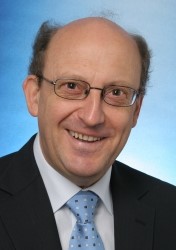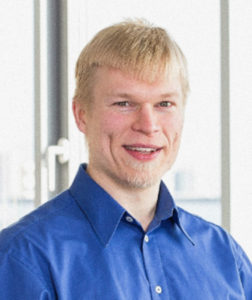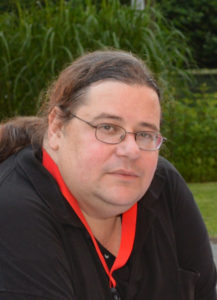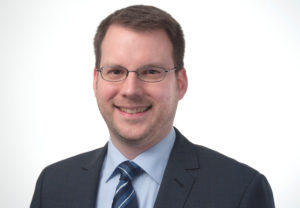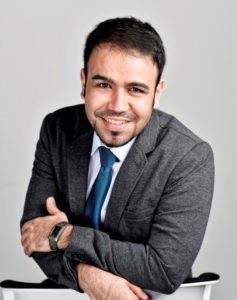Prof. Dr. Thomas Eiter | October 25, 2019 | 14:00 | S.2.69
Abstract:
The Contextualized Knowledge Repository (CKR) framework was conceived as a logic-based approach for representing context dependent knowledge, which is a well-known area of study in AI, based on description logics. The framework has a two-layer structure with a global context that contains context-independent knowledge and meta-information about the contexts, and a set of local contexts with specific knowledge bases. In many practical cases, it is desirable that inherited global knowledge can be „overridden“ at the local level. In order to address this need, an extension of CKR with global defeasible axioms was developed: these axioms locally apply to individuals unless an exception for overriding exists; such an exception, however, requires a justification that is provable from the knowledge base.
The formalization of this intuition has some desirable semantic properties, and furthermore allows for a translation of reasoning tasks on extended CKRs to datalog programs under the answer set (i.e., stable) semantics. This work complements other work on nonmonotonic extensions of description logics with an expressive formalism for exception handling by overriding, and adds to the body of results on using deductive database technology in these areas.
This is joint work with Loris Bozzato and Luciano Serafini (Fondazione Bruno Kessler, Trento).
Thomas Eiter is a full professor in the Faculty of Informatics at Vienna University of Technology (TU Wien), Austria, and Head of the Institute of Information Systems, where he also leads the Knowledge Based Systems Group. From 1996-1998, he was an associate professor of Computer Science at the University of Giessen, Germany.
Prof. Eiter’s current research interests include knowledge representation and reasoning, computational logic, foundations of information systems, and complexity in AI. He has contributed to the DLV system and some of its extensions, e.g. the DLVHEX system. He has been involved in various national and international research and training projects, and he has been serving on a number of professional committees and boards. Prof. Eiter’s work has been honored with some best paper awards; he is a Fellow of the European Association for Artificial Intelligence (EurAI), a Member of the Academia Europea, and a Corresponding Member of the Austrian Academy of Sciences.

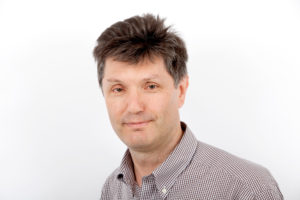
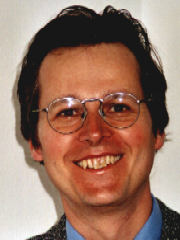 Abstract
Abstract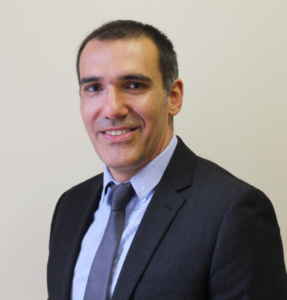 Bio: I received the Laurea degree in Aeronautical Engineering in 2000 and the Ph.D. degree in Automatic Control and System Theory in 2004 from the University of Palermo, Italy. Since 2018 I have been with the Jan C. Willems Center for Systems and Control, ENTEG, Faculty of Science and Engineering, University of Groningen (The Netherlands), where I am currently Full Professor and Chair of Operations Research for Engineering Systems. Since 2005 I have also been with the Dipartimento di Ingegneria, University of Palermo (Italy). From 2015 to 2018 I was with the Department of Automatic Control and Systems Engineering, The University of Sheffield (UK), where I was Reader in Control and Systems Engineering. From 2012 to 2014 I was also Research Fellow at the Department of Mathematics, University of Trento (Italy).
Bio: I received the Laurea degree in Aeronautical Engineering in 2000 and the Ph.D. degree in Automatic Control and System Theory in 2004 from the University of Palermo, Italy. Since 2018 I have been with the Jan C. Willems Center for Systems and Control, ENTEG, Faculty of Science and Engineering, University of Groningen (The Netherlands), where I am currently Full Professor and Chair of Operations Research for Engineering Systems. Since 2005 I have also been with the Dipartimento di Ingegneria, University of Palermo (Italy). From 2015 to 2018 I was with the Department of Automatic Control and Systems Engineering, The University of Sheffield (UK), where I was Reader in Control and Systems Engineering. From 2012 to 2014 I was also Research Fellow at the Department of Mathematics, University of Trento (Italy).